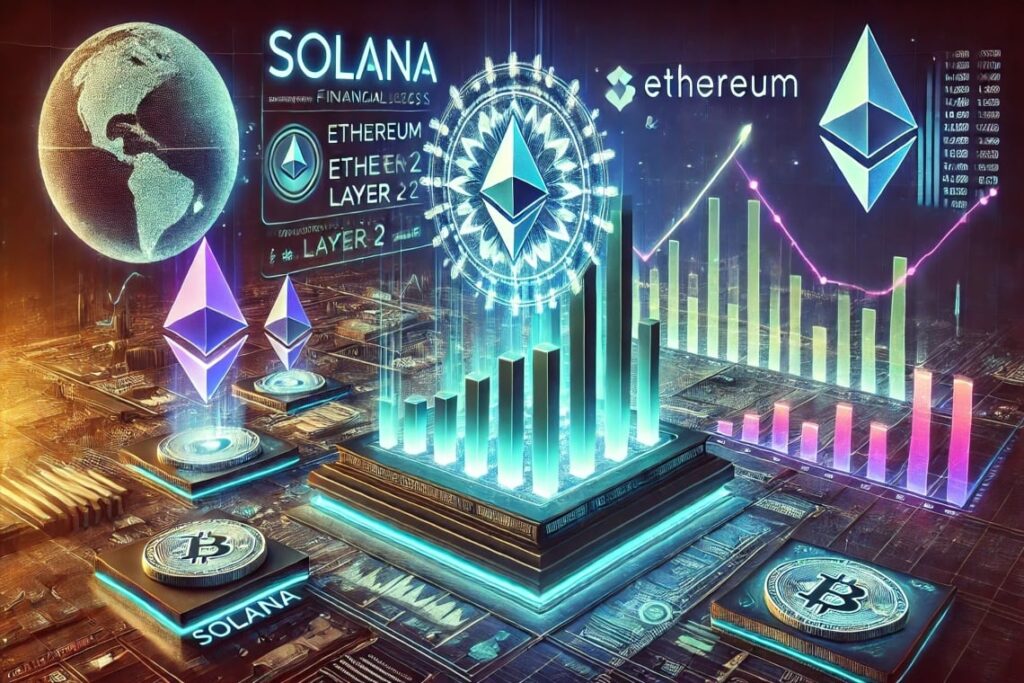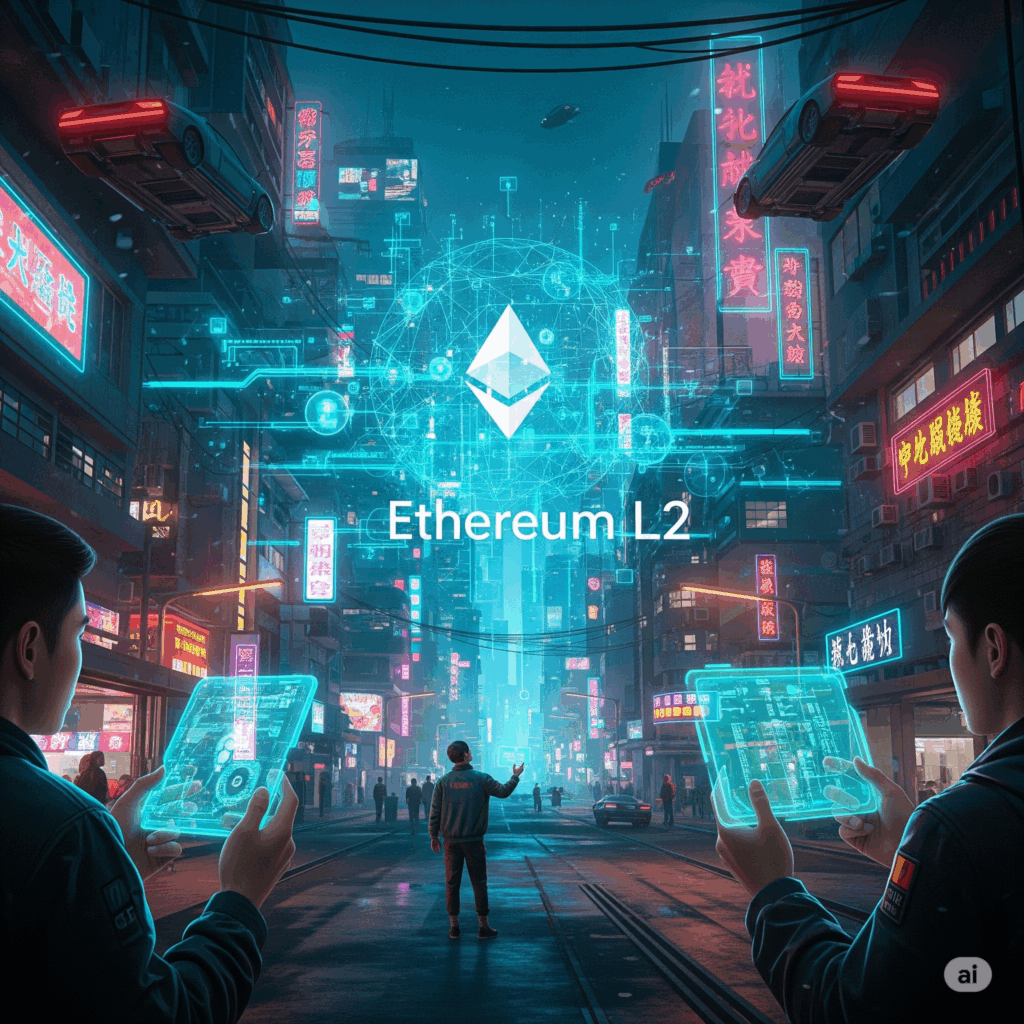
Ethereum, the world’s leading programmable blockchain, is a marvel of decentralized technology. However, its immense popularity has, at times, led to challenges like high transaction fees and network congestion. To address these issues and prepare for mass adoption, Ethereum’s development has moved towards a multi-layered architecture. Understanding these Ethereum layers – particularly Layer 1 (the mainnet) and Layer 2 solutions – is crucial for anyone navigating the future of decentralized applications (dApps) and the broader Web3 ecosystem.
Layer 1: The Foundation – The Ethereum Mainnet
At the core of the Ethereum network lies its Layer 1 (L1), often referred to as the Ethereum Mainnet. This is the foundational blockchain where all transactions are ultimately settled, and the network’s security and decentralization are maintained. Think of Layer 1 as the main highway that guarantees the integrity of all traffic.
Key characteristics of Ethereum’s Layer 1 include:
- Security and Decentralization: Layer 1 provides the highest level of security and decentralization, thanks to its vast network of validators (after “The Merge” to Proof-of-Stake). Every transaction on the mainnet is globally verified and immutable.
- Finality: Transactions processed and confirmed on Layer 1 are considered final and irreversible.
- Base Layer for Smart Contracts: The Ethereum Mainnet is where smart contracts reside and execute, powering DeFi protocols, NFTs, and other dApps.
However, the strength of Layer 1’s security and decentralization comes at a cost: scalability. When network demand is high, transaction speeds can slow down, and “gas fees” (the cost to perform a transaction) can become prohibitively expensive. This limitation is what drove the innovation of Layer 2 solutions.
Layer 2: Scaling Solutions for Mass Adoption
Layer 2 (L2) solutions are separate protocols built on top of the Ethereum Mainnet. Their primary goal is to increase transaction throughput and reduce fees, without compromising Layer 1’s fundamental security. They achieve this by processing transactions off the main chain and then periodically submitting a summary or proof of these transactions back to Layer 1 for final settlement. This off-chain processing significantly reduces the burden on the mainnet.
There are several types of Layer 2 solutions, each with its own approach:

- Rollups (Optimistic Rollups & ZK-Rollups): These are currently the most prominent L2 solutions. Rollups execute transactions off-chain and then “roll up” (batch) hundreds or thousands of these transactions into a single transaction that’s submitted to Layer 1.
- Optimistic Rollups (e.g., Optimism, Arbitrum) assume transactions are valid and provide a “challenge period” during which anyone can dispute a fraudulent transaction. This allows for faster processing but has a withdrawal delay.
- ZK-Rollups (Zero-Knowledge Rollups) (e.g., zkSync, StarkWare, Polygon zkEVM) use complex cryptographic proofs (zero-knowledge proofs) to instantly verify the validity of off-chain transactions. This offers faster finality to Layer 1 and higher security but is more computationally intensive to generate the proofs.
- Sidechains: These are independent blockchain networks with their own consensus mechanisms that run parallel to the Ethereum Mainnet. They are compatible with Ethereum and can facilitate asset transfers between the two chains (e.g., Polygon PoS Chain). While they offer high scalability, their security is independent of Ethereum’s Layer 1.
- State Channels & Plasma: Older L2 technologies that also process transactions off-chain but have seen less widespread adoption due to certain limitations or complexities compared to rollups.
These L2 solutions act like express lanes or separate neighborhoods connected to the main highway. They handle the bulk of the traffic efficiently, then regularly update the central authority (Layer 1) on the final state of affairs.
The Future: A Scalable and Accessible Ethereum Ecosystem
Ethereum’s multi-layered architecture is crucial for its long-term viability and its ambitious goal of becoming the backbone of Web3. By offloading transaction processing to Layer 2s, the Ethereum Mainnet can focus on providing ultimate security and decentralization, while maintaining its role as the ultimate settlement layer.
This layered approach ensures that Ethereum can scale to support billions of users and countless dApps without becoming prohibitively expensive or slow. As Layer 2 technologies continue to mature and become more user-friendly, they will drive mainstream adoption of decentralized applications, making the Ethereum ecosystem more accessible, efficient, and robust for a global audience. The future of Ethereum is undoubtedly modular, leveraging the strengths of each layer to create a truly scalable and decentralized internet.





